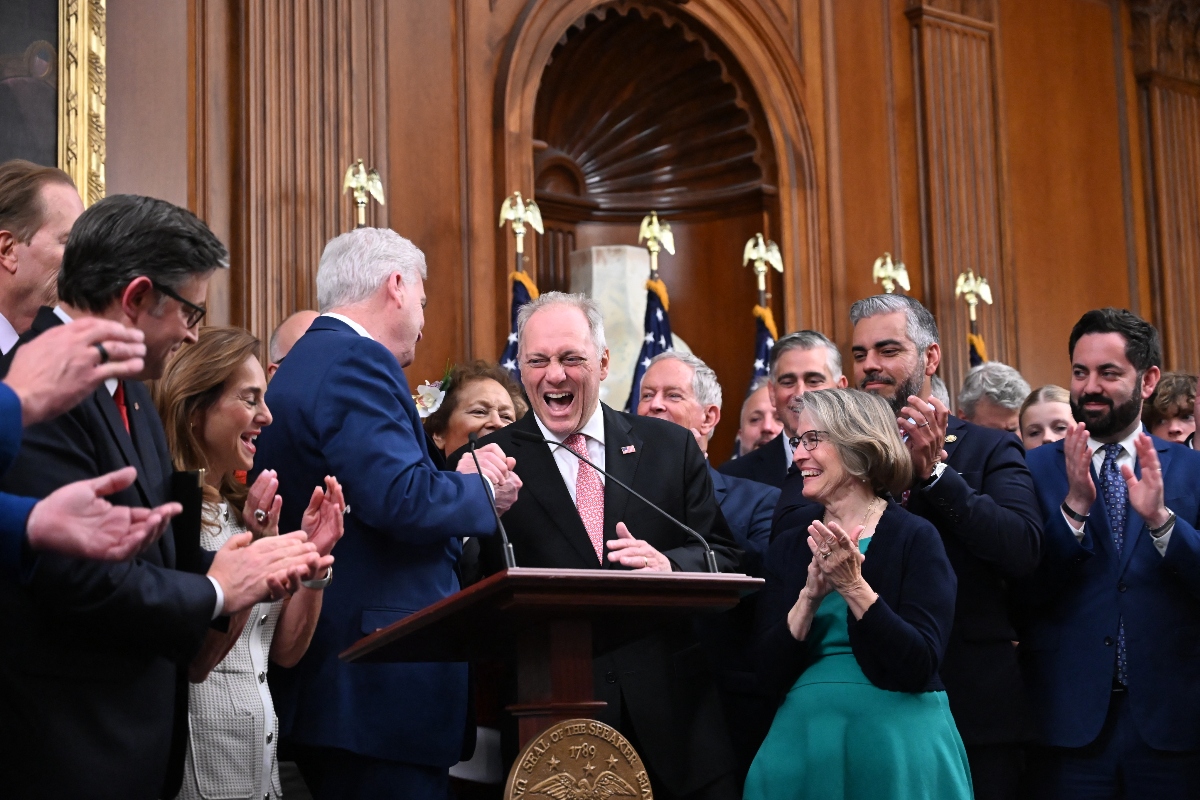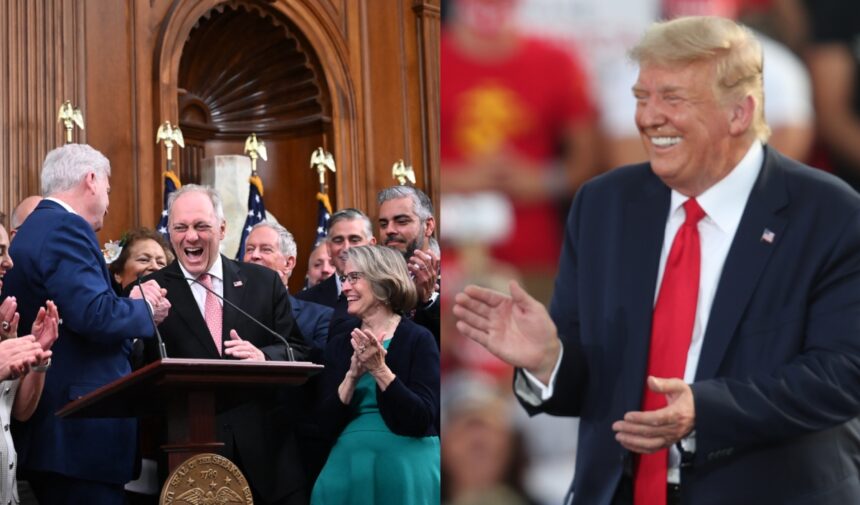With the Fourth of July just a day away, the House of Representatives on Thursday gave final approval to President Donald Trump’s ambitious tax plan, one of the centerpieces of his second term in office. With 218 votes in favor and 214 against, the initiative was approved by a slim majority, amid strong political tensions both inside and outside Congress.
The measure, which had already been endorsed in the Senate this week with the tie-breaking vote of Vice President JD Vance, will officially go into effect once Trump signs it this July 4, as planned from the start by the White House.
A vote marked by political pressure

The process was not without obstacles.
The bill had already been approved by the Lower House on May 22, but the changes made in the Senate required a second vote in the House.
On this occasion, Republican leaders faced a very narrow margin: they could only lose three votes within their caucus.
In the end, only two Republican congressmen voted against it, while all the Democrats present opposed it.
Democratic Minority Leader Hakeem Jeffries attempted to slow down the vote with an 8-hour, 45-minute speech, seeking to delay the process and draw public attention to the bill’s contents.
Just hours before the final vote, House Speaker Mike Johnson urged his colleagues to support the measure.
This could be the most important vote any of us will ever take. The American people are expecting this relief. It's time to act
What does the fiscal plan contain?

The plan, called by Trump his “big, beautiful bill,” focuses on consolidating tax deductions passed during his first term (2017-2021), which were initially time-limited.
With this new legislation, these tax reductions will be made permanent, especially for corporations, large taxpayers and business owners.
However, to balance the impact on federal finances, the law also contemplates significant cuts in key social programs such as:
Medicaid, the health care program for low-income persons
Affordable housing subsidies
Food support under SNAP (formerly known as food stamps)
Reductions in public education funding and university scholarships
In addition, an increase in the military and border security budget is authorized, including new funding for infrastructure on the southern border and additional hiring of ICE and CBP agents.
How does it impact Hispanics in the U.S.?
The approved tax plan could have a direct impact on millions of Latino families in the U.S., especially those who rely on programs such as Medicaid, housing subsidies or food support.
According to the Center on Budget and Policy Priorities, Latinos represent a significant proportion of the beneficiaries of these services, so cuts could exacerbate health, housing and food conditions.
On the other hand, the continuation of small business deductions could benefit Latino owners with formal business structures, although that impact will be uneven and depends on income level.
The legislation has also been criticized for favoring the higher end of the economy, leaving out direct benefits for low- and middle-income workers, many of whom form an essential part of the immigrant workforce in the United States.














